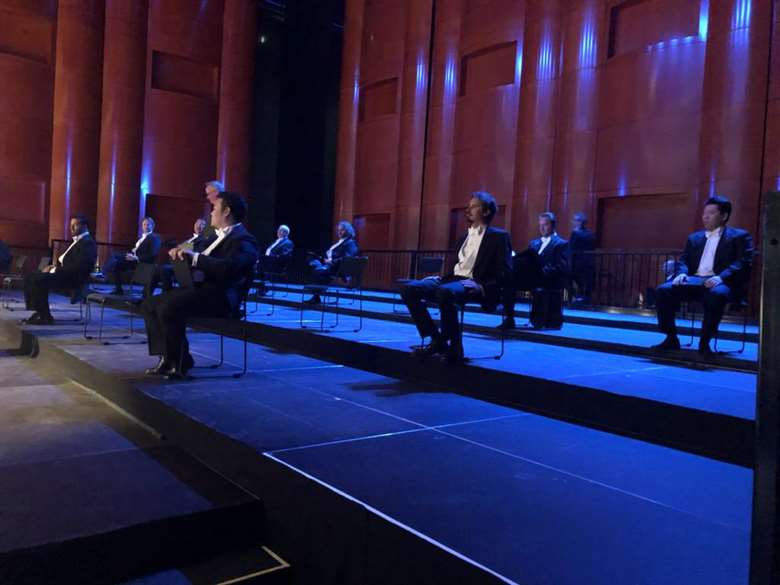Audience and musicians reunited as Copenhagen’s Opera House reopens
Andrew Mellor
Monday, June 8, 2020
The Royal Danish Opera becomes the first in Europe to welcome orchestra, chorus, soloists and audiences back into its theatre

Register now to continue reading
Thanks for exploring the Gramophone website. Sign up for a free account today to enjoy the following benefits:
- Free access to 3 subscriber-only articles per month
- Unlimited access to our news, podcasts and awards pages
- Free weekly email newsletter








